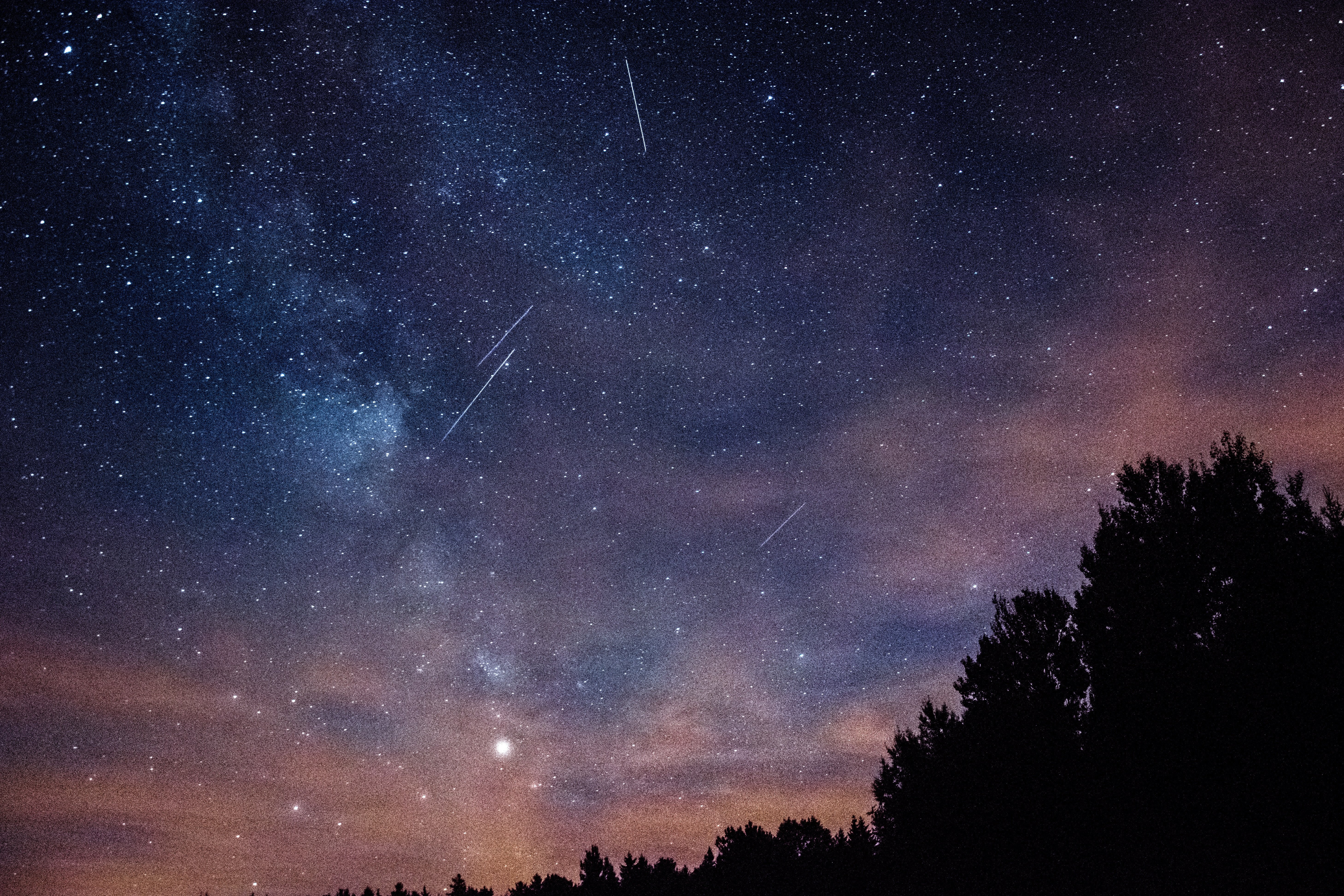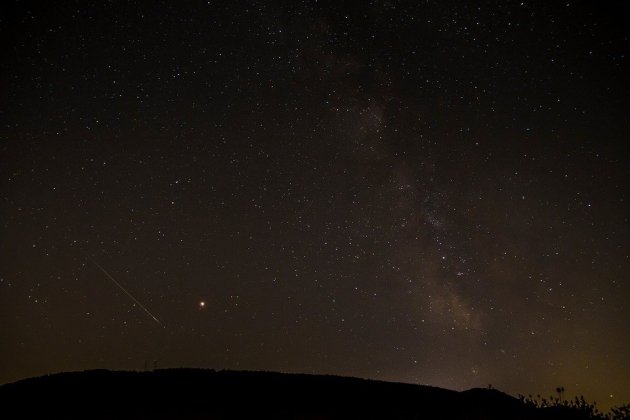The Perseids are one of the most extraordinary phenomena that occur every northern hemisphere summer. Since they concide with a time when many take holidays and when clear night skies are frequent, many thousands of people observe the rain of shooting stars. It can be seen for much of the summer, but intensifies during the month of August, reaching its climax on the night of 11th-12th August, with about 200 meteorites an hour.
This shower of sparks, in Catalonia popularly known as 'les llàgrimes de Sant Llorenç' - the tears of Saint Lawrence - is caused every year by the comet 109P/Swift-Tuttle, which only orbits the sun once every 135 years, but leaves a trail of debris in its wake which the Earth passes through every year. As the Earth's orbit advances to that sector, the dust particles of the Perseids enter the Earth's atmosphere, accelerating under gravity until contact with the air eventually burns them up.
Why the name?
They are called Perseids because their apparent point of origin in the sky is in the constellation of Perseus, near the star Cassiopeia. They are referred to as the tears of Saint Lawrence, due to their proximity to the feast day of St Lawrence, on 10th August. The Perseids appeared on the night that Saint Lawrence was martyred in Rome and have thus become associated with the tears that he cried while being burnt to death.
Saint Lawrence was put to death on August 10th, in the year 258. Thought to have come from the city of Valencia, he was a deacon, in charge of administering the treasury of the church and giving alms to the poor. He is considered one of the first archivists and treasurers of the Christian church and is the patron saint of librarians. He was sentenced to death by the Roman emperor Valerian I in his persecution of Christianity.
From where can the 'tears' be seen?
Places where there is little light pollution are the most suitable to enjoy one of the most magical nights of the year. Light pollution usually occurs in urban areas and to avoid it you need to go to high, dark locations, where the sky can be clearly observed.
For example, the Pantà de Santa Fe in the Montseny natural park, which was declared a biosphere reserve by UNESCO in 1978, or the observatory in the Montsec mountains are ideal locations to witness the Perseids. Locations on Montserrat can also be ideal to observe the light show.
But if you're anywhere in rural Catalonia in early August, a little local nocturnal exploration on the nights leading up Sant Llorenç - or better still, asking the locals - will probably allow you to find a good spot.
Applications
Technology can also help you to enjoy this phenomenon. There are some good astronomical applications that will help you to catch all the heavenly details. ElNacional.cat recommends: Mapa Estelar, Star Walk 2, NASA, and Google Skymap.
Main image: Perseid meteor shower / IAA-CSIC.


